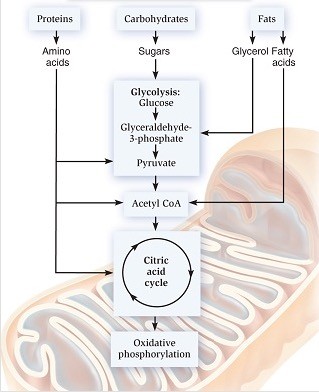Why does blood flow through capillaries at a much slower rate than through the aorta?
a. Capillaries are much narrower than the aorta and provide much more friction which reduces flow to nearly zero.
b. Blood flow through capillaries is reduced dramatically due to the effect of gravity on individual red blood cells.
c. The combined diameter of all capillaries is larger than the aorta, which results in a commensurate reduction in flow velocity.
d. Blood flowing through capillaries is deoxygenated, providing less energy for precapillary sphincters to pump blood.
c. The combined diameter of all capillaries is larger than the aorta, which results in a commensurate reduction in flow velocity.
You might also like to view...
Why are genes associated with nitrogen fixation not typically used to identify bacteria species? (Select all correct choices.)
A. Their sequences are similar to those of rRNA genes. B. These genes are not typically exchanged between bacteria by horizontal gene transfer. C. These genes are often exchanged between bacteria by horizontal gene transfer. D. Every bacterium contains nitrogen fixation genes.
Energy sources are needed for which of the following processes?
I. reproduction II. growth III. development
a. I and II only b. I and III only c. II only d. II and III only e. I, II, and III
 The conversion of pyruvate to acetyl CoA is irreversible. Predict what would happen to fatty acids as a result of this.
The conversion of pyruvate to acetyl CoA is irreversible. Predict what would happen to fatty acids as a result of this.
A. Fatty acids cannot be metabolized in the citric acid cycle. B. Fatty acids can be converted into carbohydrates. C. Fatty acids can be metabolized in glycolysis. D. Fatty acids cannot be converted into carbohydrates.
In dialysis, the cleansing wastes from the blood is achieved by
a. active transport across a semipermeable membrane. b. facilitated diffusion across a semipermeable membrane. c. simple diffusion across a semipermeable membrane. d. movement of water into the blood from the dialysis solution. e. active transport of glucose from the blood to the dialysis solution